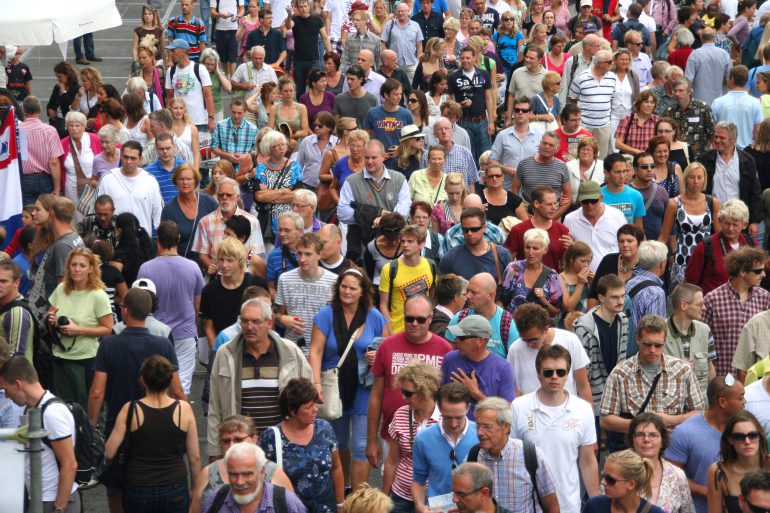The Netherlands has experienced significant population growth, as recently the country reached 18 million inhabitants. It is expected that the count will reach 19 million in 2037, although the growth rate was less rapid in the first quarter of 2024 than in the same period last year. This milestone is caused by various factors, including high immigration and longer life expectancy. These factors have direct economic, financial and social implications. The population distribution is shifting, moreover: Statistics Netherlands (CBS) reported that around a quarter of the population will be over 65 years or older by 2040.
The key drivers of population growth
A first reason is high immigration levels. Just like any other developed country, the Netherlands is in continuous need of labour that cannot be met by the native population, especially in sectors such as technology, healthcare and agriculture. A significant demographic shift has also been seen lately, with the number of older population being higher than the number of younger people. This changing trend increases pressure on the working population, leading to a shrinking workforce. Immigrants move to the country to fill these gaps, contributing to the growth of the economy. Immigrants help create an equilibrium by bringing in younger workers to support the aging population. People, including refugees, also move to developed countries in the hope of having a better standard of living, great opportunities, and a happy life for themselves and family.
A second major contributor to population growth is longer life expectancy. Life expectancy has seen a significant increase in the last decades in the Netherlands. It is projected that people aged 65 and over will make up 25 percent of the population in 2040, compared to 20 percent in 2024. The credit goes to continuous advancements in healthcare and a high standard of living. The longer life span does, however, has several negative effects such as increasing pressure on the healthcare system, straining public finances regarding the pension system, and requiring more resources and specialized care for older adults.
Effects of population growth
Cities like Amsterdam, Rotterdam and The Hague have seen an influx of people, including both domestic and international immigrants. This influx has affected various sectors such as the housing market, infrastructure and social dynamics. Demand for housing has increased manyfold, driving up property prices and rents. That is main the reason for the shortage of houses in these big cities. The growing population also puts a strain on the infrastructure including education, transportation and healthcare services. The Dutch government must make sure that demand and supply go hand in hand and keep pace with population growth. While immigration helps to maintain a balance and address the labour shortage, it also creates competitiveness in terms of jobs that sometimes leads to the displacement of native workers. The reason is that in many cases immigrants are willing to work at lower wages than native workers.
The Netherlands has presented itself in the past as a melting pot of cultures, respecting diversity and accepting different ethnicities. But at the same time, it also faces challenges related to social cohesion. In recent decades, political parties that criticize immigrants, especially Muslims, have gained a significant number of voters, showing that a multicultural society is not desired by everyone. It is projected that by 2035, 1 out of 3 residents in the Netherlands will have an origin outside the country. This significant demographic shift will have many potential positive and negative impacts on the country.
Managing population growth needs a multi-faceted approach. The country must employ a combination of strategies such as urban planning and development, affordable housing policies, immigration control, increasing awareness about sustainable living, and providing economic incentives to promote sustainability. By focusing on these strategies, the country will be in a better position to manage its population growth effectively. The Netherlands is at a critical junction to balance population growth with environmental sustainability and quality of life, but the current and upcoming governments are faced with difficult choices.
Written by Parul Sachdeva
